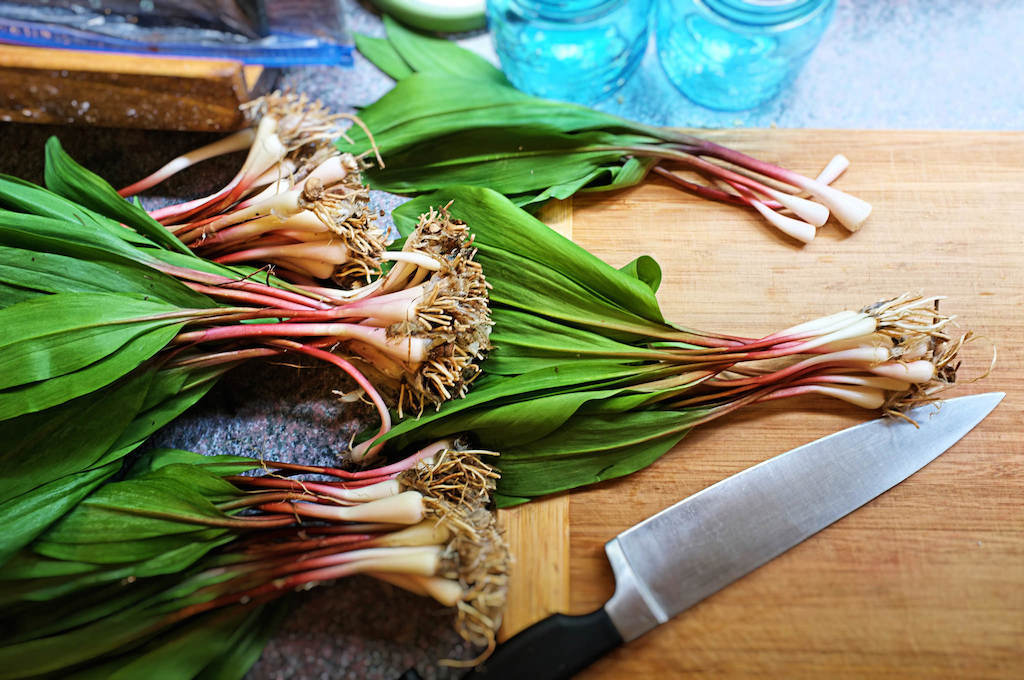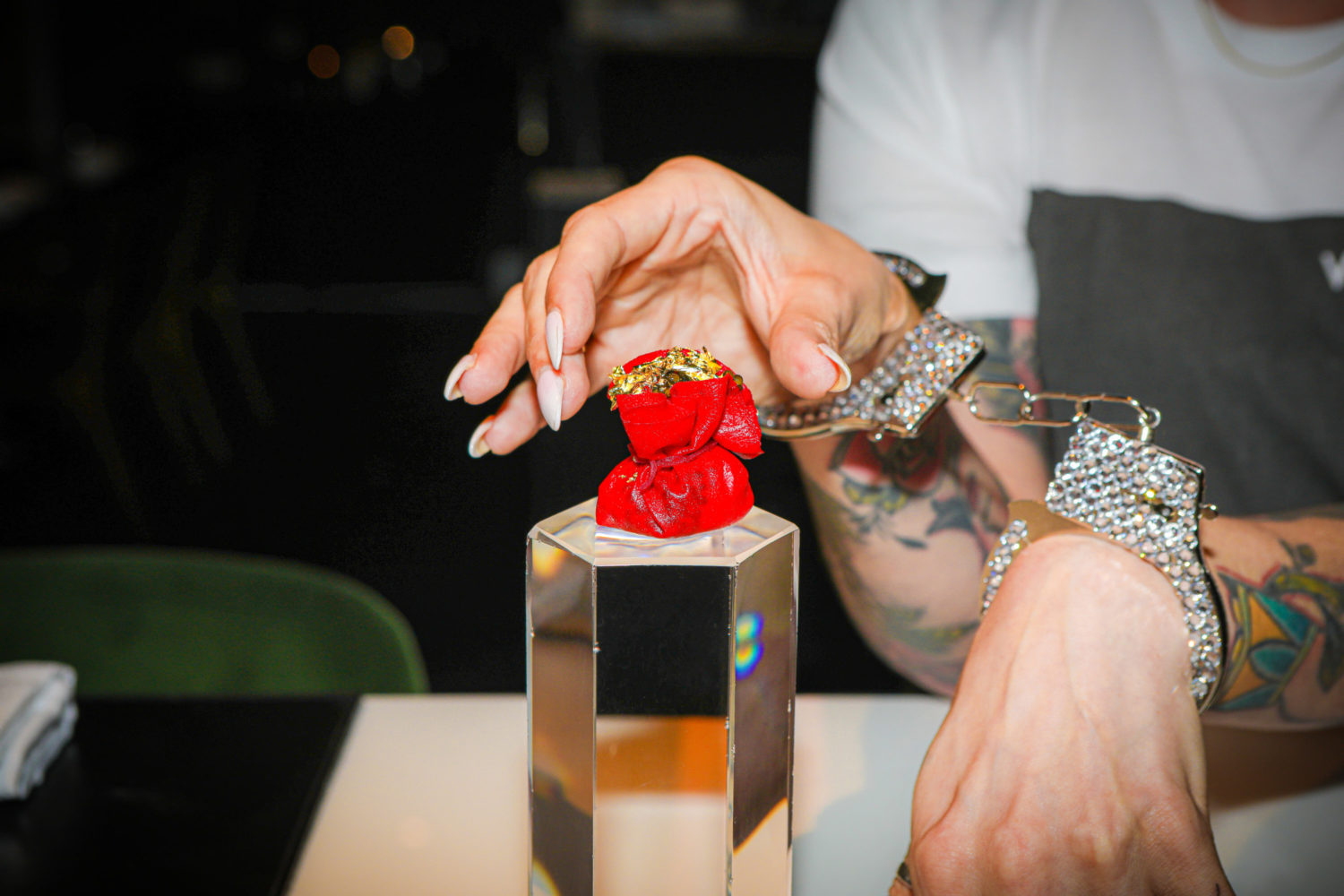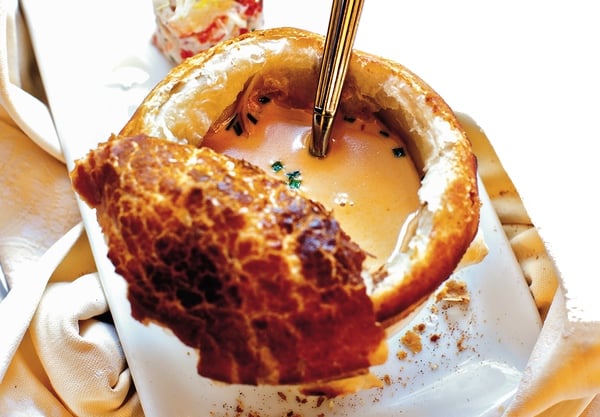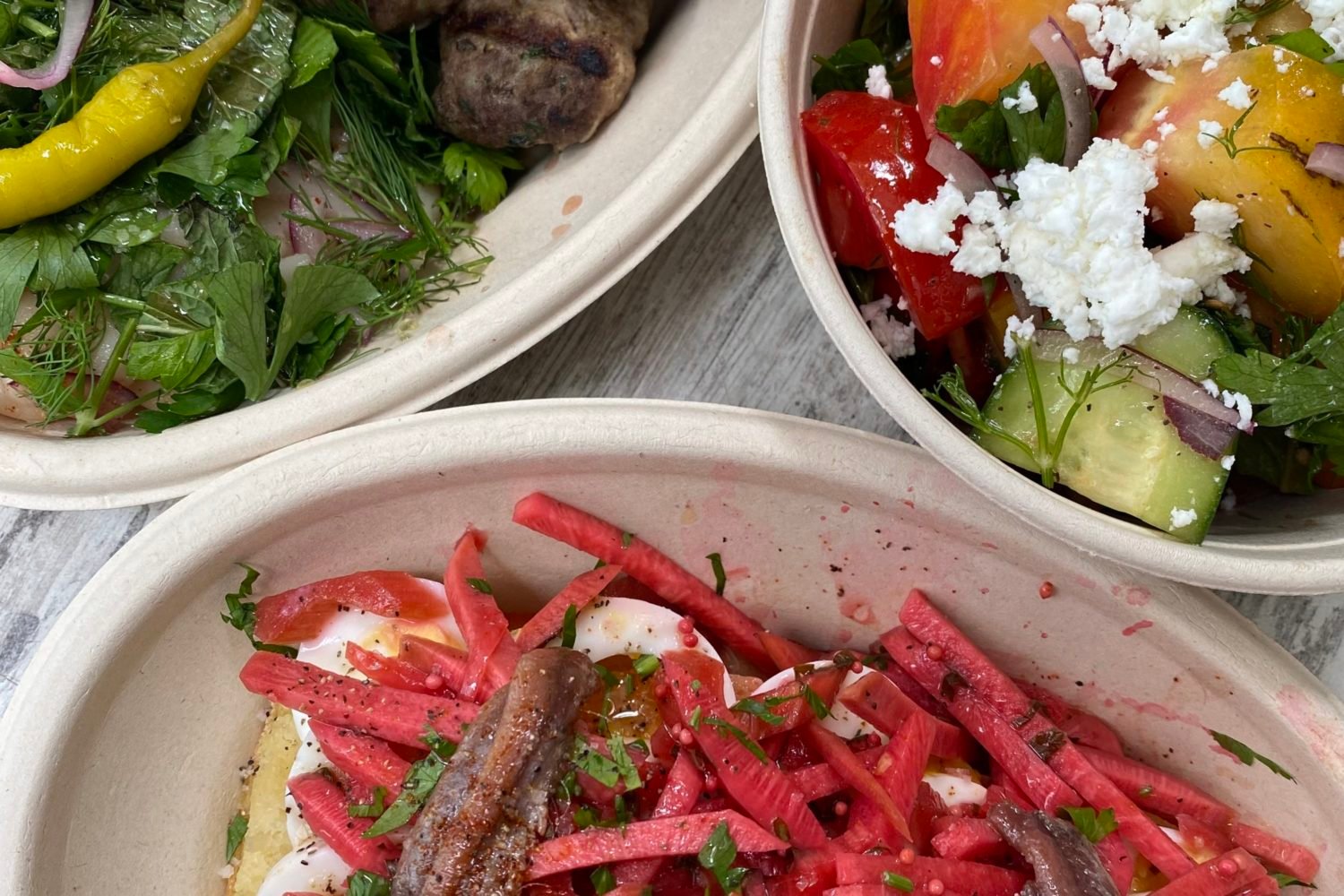Chef Samuel Kim of 1789 is in ramp heaven—and not just the annual euphoria/freak-out chefs experience when spring’s most prized ingredient arrives.
“I happened upon the mother load of ramps—probably three to 4,000 pounds of ramps” says Kim, who forages for the wild onions in fields around the city. “We call it Shangri-La right now.”
Kim is keeping mum about the location of this leek-filled nirvana, but is happy to divulge everything else about spring’s fleeting star—how to find ramps, pick them, buy them, store them, and most important, eat them.
So what’s the deal with ramps—why the freak out?
It happens every spring—chefs freak out, every menu has ramps. It’s like when you see the groundhog’s shadow. We’re so ready to get out of the winter doldrums, see green again, and burrow out of four months of root vegetables. Ramps are also a perfect combination of flavors—they’re pretty much a cross between an onion and garlic.
Is it easy to forage for ramps?
The beautiful thing about ramps is that they’re a wild onion—they grow wherever they want. If you’re willing to take a hike, it’s reliable you’ll walk into some ramps in the DC area. Unlike mushrooms, where there’re clones, there’s nothing that looks like a ramp, and they’re unique in terms of their appearance — two leaves and a red stem. Most times they’ll grow amongst a lot of trees. Not many animals eat it—most things with garlic pushes animals away—so when you happen upon it, the crops can be bountiful. Humans are really the ones that prize the ramp.
What’s the best way to pick ramps once you find them?
The number one rule is you never forage more than 50 percent of the field. You’re also not supposed to forage before the leaves are four inches in length. When you take the baby shoots, it can do harm to future populations of ramps. Your’e really looking for at least four inches on the leaves, and a little heft to the stem. If it’s a pencil-thin stem, someone who was foraging might have pulled ramps too early. You want to make sure you leave roots behind—it really depends on the weather, but we often go in with a trenching shovel, and you can feel as you’re cutting through the roots. You want to cut the root a centimeter or two underneath the bulb. The little bit of root you leave behind will regerminate, and get ready for the following spring.
How long is the season around Washington?
It really depends on the spring—usually about six to eight weeks. It all depends on how the weather cooperates. Warmth is conducive to a good season. They also love rain, so if you throw in some April showers with nice 60 to 70 degree weather, it’s perfect for them to thrive and flourish.
What’s a fair price to pay for ramps at the farmer’s market?
Your sweet spot is between $8 and $16. The price is usually at its peak at the beginning of the season—it starts out high, and as the weather starts to cooperate and foraging start to explode, then the price will drop. Once it starts getting too hot, the ramps start to die. Still ramps are nature’s gift—they’re free. The people who sell them, it costs them no money to grow. The only thing they put into it is their sweat.
What’s the best way to store ramps?
First, wash off the dirt and clean the roots. You want to get them in a little cold water. Then, lay them out flat to air-dry them, or towel them down. Water is your enemy—it’s the conductor for vegetables to deteriorate and rot. Put them into a container that has a lid on top. If you leave ramps exposed, the fridge pulls moisture away from the green tops, so they’ll get soft and wilt.
How many ramps should you buy for a single dish?
It depends on what you want to do with it. I have an entree with just two ramps. It’s so much flavor packed into such a small package, that if you put too much onto a plate, it blows out your palate. It’s all you’re able to taste. Less is more—you don’t need to give six or seven ramps on a plate.
How would you use the stems versus the leaves?
The greens are much more subtle, more onion-y with a hint of garlic. The bulb will have a garlicky flavor with a hint of onion. The greens are more delicate, whereas the stems are more robust—like a scallion. You could take the leaves and toss them into the salad. I’d be hesitant to do that with the bulb—they’d great pickled in a bloody Mary.
What’s your favorite simple preparation of ramps?
The simplest way is to put them in a skillet, sear them, hit them with salt and pepper, and a squeeze of lemon juice. You can just enjoy the flavor that way. Personally speaking, I like to preserve them. The bottom stems we pickle, so we can have a ramp relish or hollandaise. The greens, we blanch, shock, and puree—you can add it to risotto, whatever you want. My personal favorite preparation is to make kimchi.
Who are the foragers who sell ramps to restaurants?
Its commonplace in springtime that the phone rings, and it’ll be a random guy in West Virginia with land, and he has ramps for sale. It’s not even a quality thing—it’s not like the person took care and raised the ramps. The only difference in quality is whether or not they waited long enough to forage. Sometimes you’ll see that a forager got impatient and wanted money, and they pulled the ramps too early. But it’s a free for all. You get calls from different states at different times—usually the Pacific Northwest first, then the DMV area, then later in Indiana, Michigan, and Illinois. Those are the guys I use in late May to early June.















